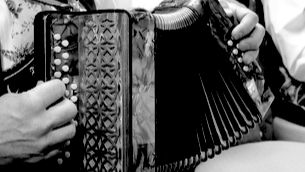I. Theory
In German, the present tense functions in a very similar way to the present in English: verbs take different forms based on the pronoun with which they are used (I walk, he walks, you go, she goes). The German present tense has a slightly wider range of meaning than the present in English, in the sense that a verb in the simple present in German translates to both the simple present as well as the present progressive in English.The simple present tense expresses a habitual action, a state or condition, or an action done at the moment of speaking, ex. I do, I speak, I learn, etc.
